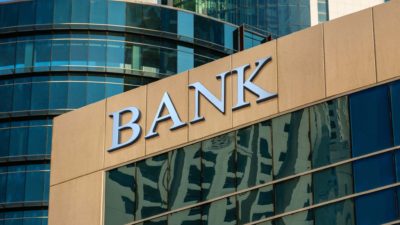Owners of Commonwealth Bank of Australia (ASX: CBA) shares have received dividends for many years, but it's questionable whether the bank is as appealing for passive income as it was before. That's because the CBA dividend yield has been falling.
CBA typically has a lower dividend yield than the other banks, but its actual yield has dropped to an even lower level. ASX bank shares, National Australia Bank Ltd (ASX: NAB), Westpac Banking Corp (ASX: WBC), and ANZ Group Holdings Ltd (ASX: ANZ) all currently have higher dividend yields than CBA.
For ASX investors that are focused on passive income, it's worth asking what's going on.
What is the CBA dividend yield?
According to the (independent) estimates on Commsec, CBA is projected to pay an annual dividend per share of $4.55.
If the ASX bank share does pay that amount, it would translate into a fully franked dividend yield of 3.4% and a grossed-up dividend yield of 4.9%.
According to Commsec data, the CBA dividend yield is lower than in each of the last five financial years.
A dividend yield is decided by two main factors. First, the dividend payout ratio – how much profit the business is paying out.
Second, the price-earnings (P/E) ratio plays a major factor. This tells ASX investors what multiple of earnings the business is trading at and can help inform us whether the valuation is attractive or not.
Commonwealth Bank's increasingly expensive valuation
Good businesses are likely to see their earnings grow over time. If the share price goes up at the same speed as earnings, then the P/E ratio won't become more expensive.
However, if the share price rises faster than earnings, the P/E ratio increases, and the stock appears to be more expensive.
According to the statistics on Commsec, the CBA share price traded at an average annual P/E ratio of 16.5x in FY23.
The forecast on Commsec suggests the CBA share price is now valued at 22.7x FY24's estimated earnings and 23.3x FY25's estimated earnings. Yes, CBA's profit is projected to fall in FY25, yet the bank's market capitalisation has risen more than 16% in 2024 to date.
For me, a falling dividend yield (from a business that's increasing its payout in dollar terms) is a sign that a company's valuation is becoming more expensive and less attractive.
So, if I were a long-term shareholder, I wouldn't be worried because the bank has delivered excellent capital growth and is slowly increasing its dividend payout.
However, for ASX investors seeking passive income, CBA shares do not seem appealing. The dividend yield is lower, the valuation is more expensive, and earnings are expected to be challenged for at least the next 12 months. I believe there are plenty of other ASX dividend shares that could deliver better dividend returns and overall returns.








